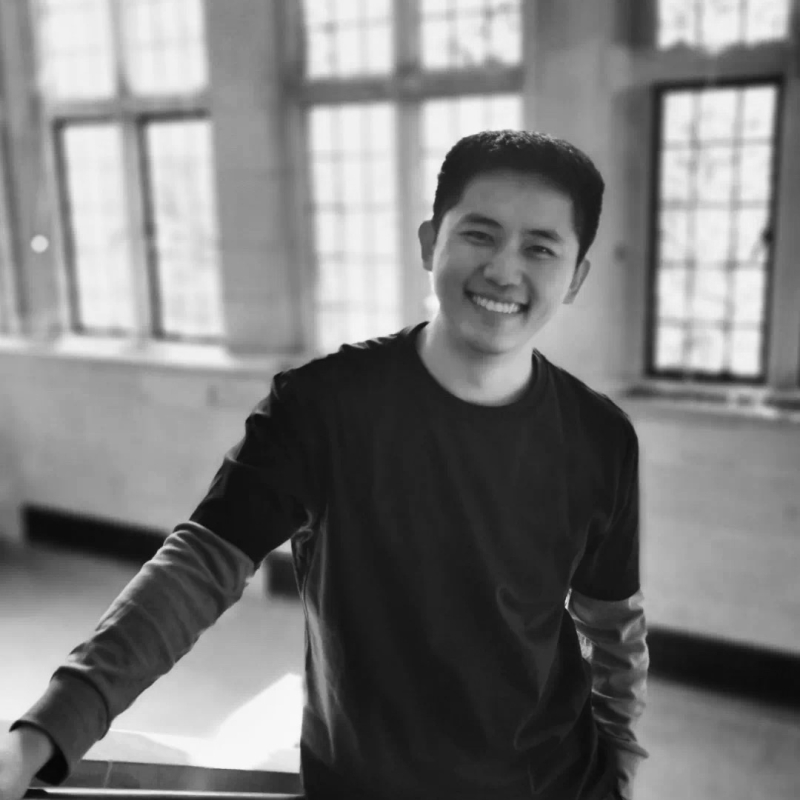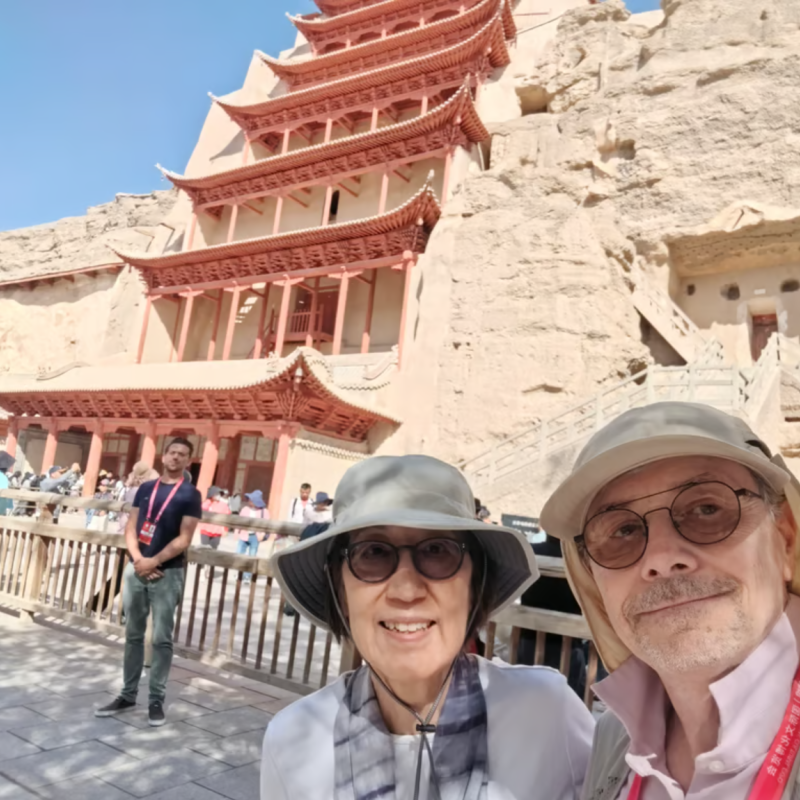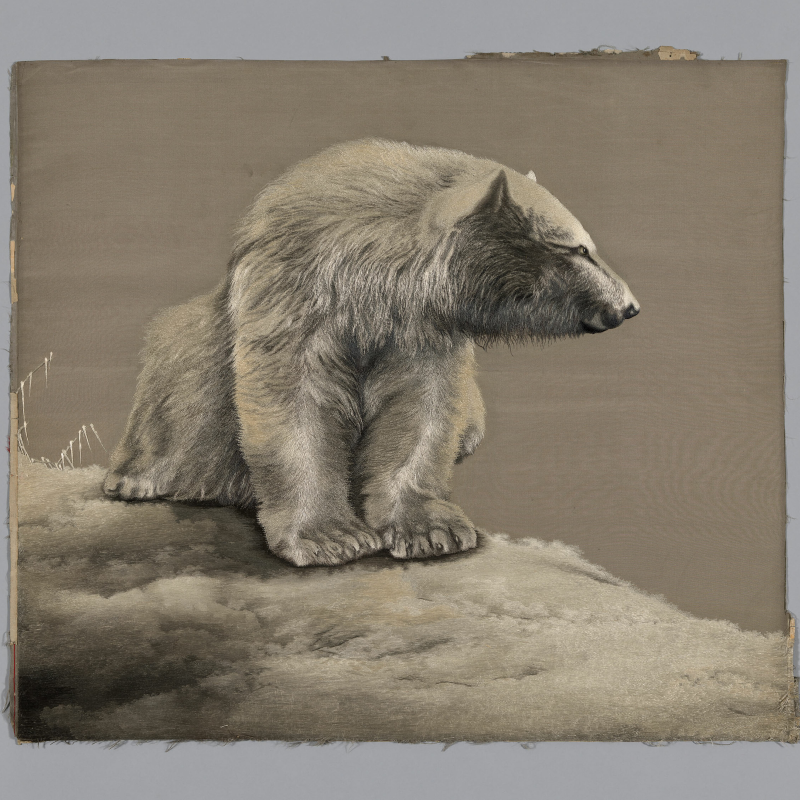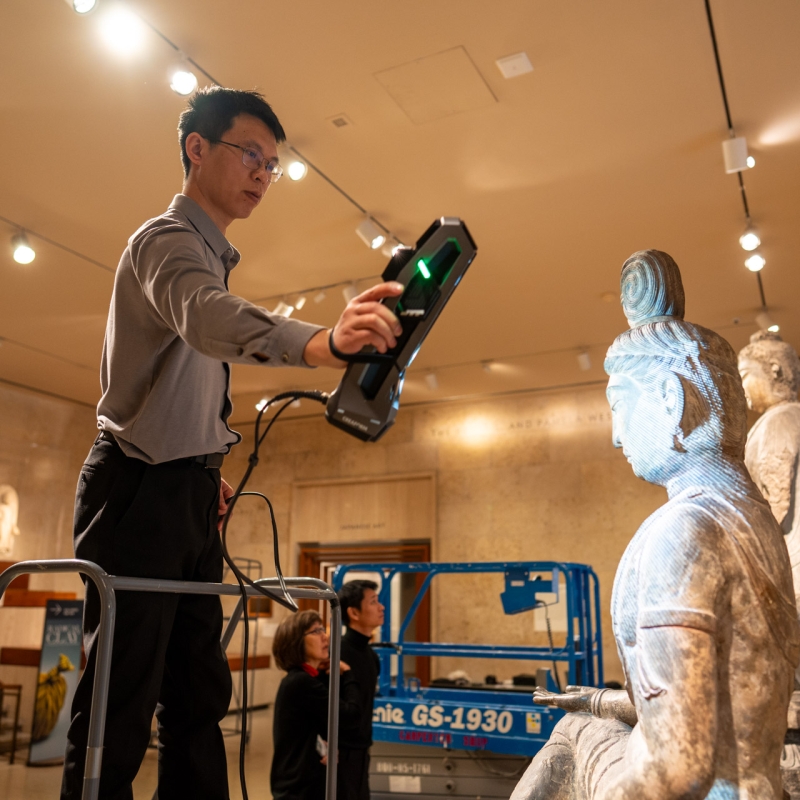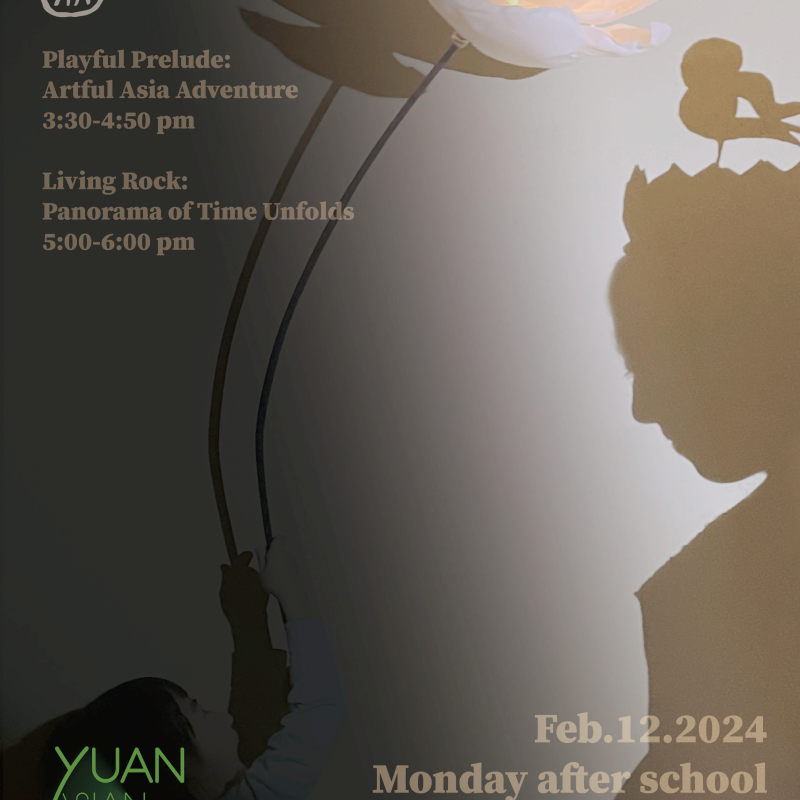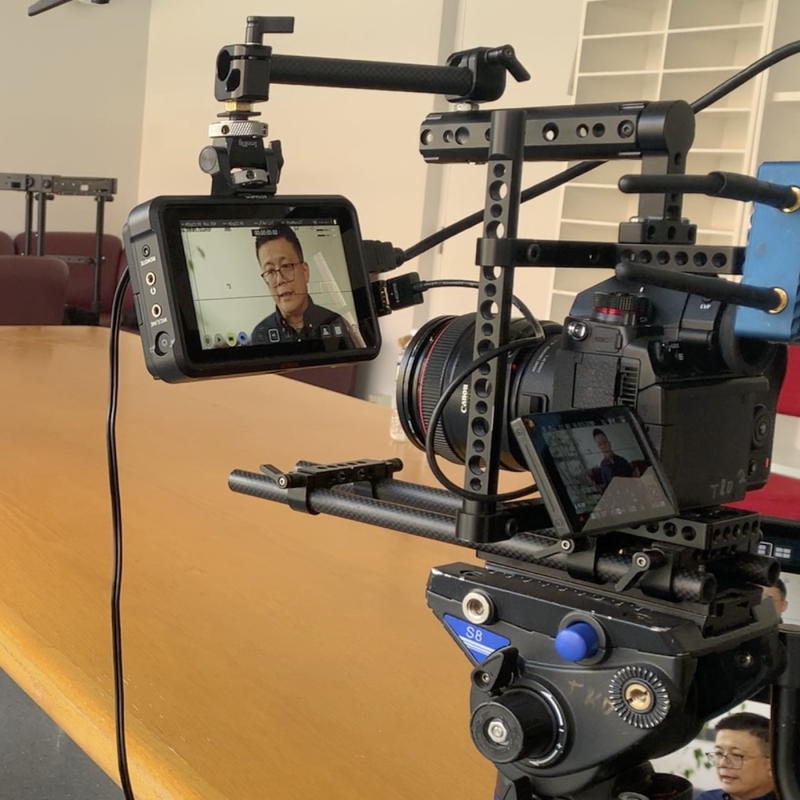KABUKI in PRINT: Actor, Fans, Image, and Medium in Early Modern Japan and Beyond
November 4, 2022

Few early modern theater traditions boast a body of surviving ephemera as large, varied, and multi-faceted as Japanese kabuki. From the seventeenth through twentieth centuries, the woodblock print medium played a pivotal role in connecting kabuki actors and fans and engendering play between actor and role, vision and voice, and between the stage and the imagination. In 2015, the Smart Museum of Art received a transformative gift of over 1,000 Japanese prints from the collection of the late Brooks McCormick Jr. The majority of these works are theater prints of the late Edo (1600-1868) and Meiji (1868-1912) eras, and of these, a sizable number relate to kabuki in the kamigata or Osaka region rather than in Edo.
Join us from November 4-5, for a keynote lecture and presenters who will discuss in length and consider some aspect of kabuki’s intersection with other forms of medium.
On Friday, November 4th, join us for the Keynote Lecture (in-person and livestreamed), delivered by John T. Carpenter (Mary Griggs Burke Curator of Japanese Art, The Metropolitan Museum of Art).
LECTURE ABSTRACT:
During the late Tokugawa period, in both Edo and Osaka there was a remarkable fluorescence of popular poetry, both 17-syllable hokku and 31-syllable kyōka. Already in the case of early ukiyo-e, we witness the occasional appearance of Edo-style haikai (Edo-za haikai) on prints and the participation of Kabuki actors in this movement. By the early nineteenth century it became even more common to see poems on actor prints, whether privately commissioned surimono or commercially issued nishiki-e. Many amateur poets and often Kabuki actors themselves participated in poetry gatherings, and some poetry circles served as de facto fan clubs for famous performers. In Edo, for instance, the Mimasu poetry circle was founded with the support of Ichikawa Danjūrō V (1741–1806), who believed that training in poetry was an essential skill for an actor.
To shed light on this literary phenomenon, this presentation will analyze various poetic inscriptions on portraits of Kabuki actors, both paintings and prints, to analyze how and why they were composed and by whom. We discover that it became an established convention for poetic inscriptions to be added to memorial portraits of famous actors, sometimes composed by loyal fans, sometimes by other actors. We will also examine the use of theatrical terms and literary allusion to add levels of interpretation and enjoyment of the images of actors and scenes from plays. It is also interesting to observe how the distinctive calligraphy styles of actors and poets were harnessed to add a dynamic new visual dimension to print designs.
On Saturday, November 5th, the symposium will bring together experts from theater, literature, and art history in order to study the collection with presenters contributing their own insights on the relation between page and stage in the case of kabuki. The resulting insights will have implications for all who are interested in the relation between print technology, narrative, visual art, fan cultures, and the stage.
LEARN MORE (AND REGISTER) BY CLICKING HERE. *Lunch provided to those who register.
Sponsored by the Center for East Asian Studies in conjunction with the Smart Museum of Art, Franke Institute for the Humanities, and the Center for the Art of East Asia.
